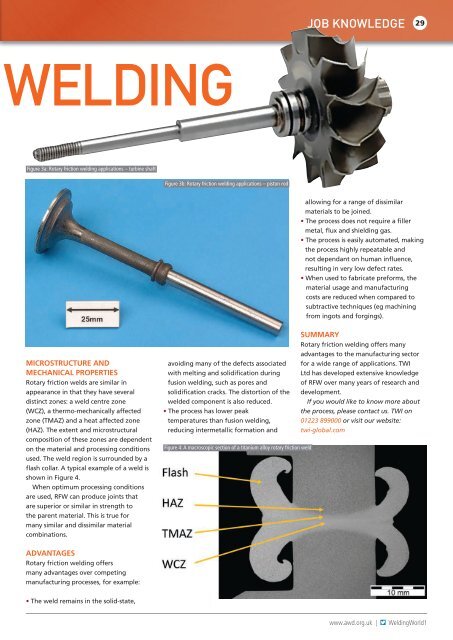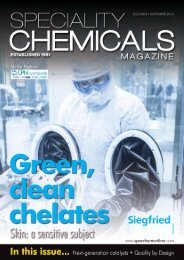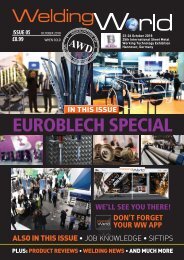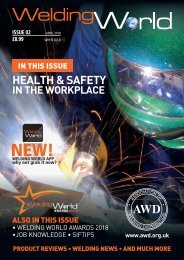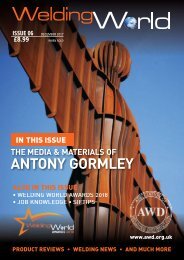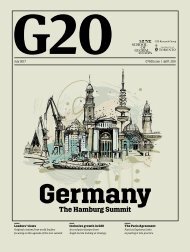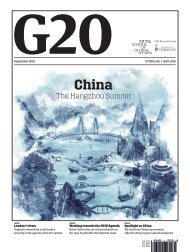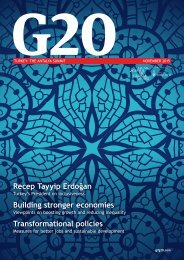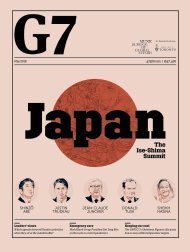Welding World magazine June 2018
Create successful ePaper yourself
Turn your PDF publications into a flip-book with our unique Google optimized e-Paper software.
JOB KNOWLEDGE 29<br />
WELDING<br />
Figure 3a: Rotary friction welding applications – turbine shaft<br />
Figure 3b: Rotary friction welding applications – piston rod<br />
allowing for a range of dissimilar<br />
materials to be joined.<br />
• The process does not require a filler<br />
metal, flux and shielding gas.<br />
• The process is easily automated, making<br />
the process highly repeatable and<br />
not dependant on human influence,<br />
resulting in very low defect rates.<br />
• When used to fabricate preforms, the<br />
material usage and manufacturing<br />
costs are reduced when compared to<br />
subtractive techniques (eg machining<br />
from ingots and forgings).<br />
MICROSTRUCTURE AND<br />
MECHANICAL PROPERTIES<br />
Rotary friction welds are similar in<br />
appearance in that they have several<br />
distinct zones: a weld centre zone<br />
(WCZ), a thermo-mechanically affected<br />
zone (TMAZ) and a heat affected zone<br />
(HAZ). The extent and microstructural<br />
composition of these zones are dependent<br />
on the material and processing conditions<br />
used. The weld region is surrounded by a<br />
flash collar. A typical example of a weld is<br />
shown in Figure 4.<br />
When optimum processing conditions<br />
are used, RFW can produce joints that<br />
are superior or similar in strength to<br />
the parent material. This is true for<br />
many similar and dissimilar material<br />
combinations.<br />
avoiding many of the defects associated<br />
with melting and solidification during<br />
fusion welding, such as pores and<br />
solidification cracks. The distortion of the<br />
welded component is also reduced.<br />
• The process has lower peak<br />
temperatures than fusion welding,<br />
reducing intermetallic formation and<br />
Figure 4: A macroscopic section of a titanium alloy rotary friction weld<br />
SUMMARY<br />
Rotary friction welding offers many<br />
advantages to the manufacturing sector<br />
for a wide range of applications. TWI<br />
Ltd has developed extensive knowledge<br />
of RFW over many years of research and<br />
development.<br />
If you would like to know more about<br />
the process, please contact us. TWI on<br />
01223 899000 or visit our website:<br />
twi-global.com<br />
ADVANTAGES<br />
Rotary friction welding offers<br />
many advantages over competing<br />
manufacturing processes, for example:<br />
• The weld remains in the solid-state,<br />
www.awd.org.uk |<br />
<strong>Welding</strong><strong>World</strong>1


